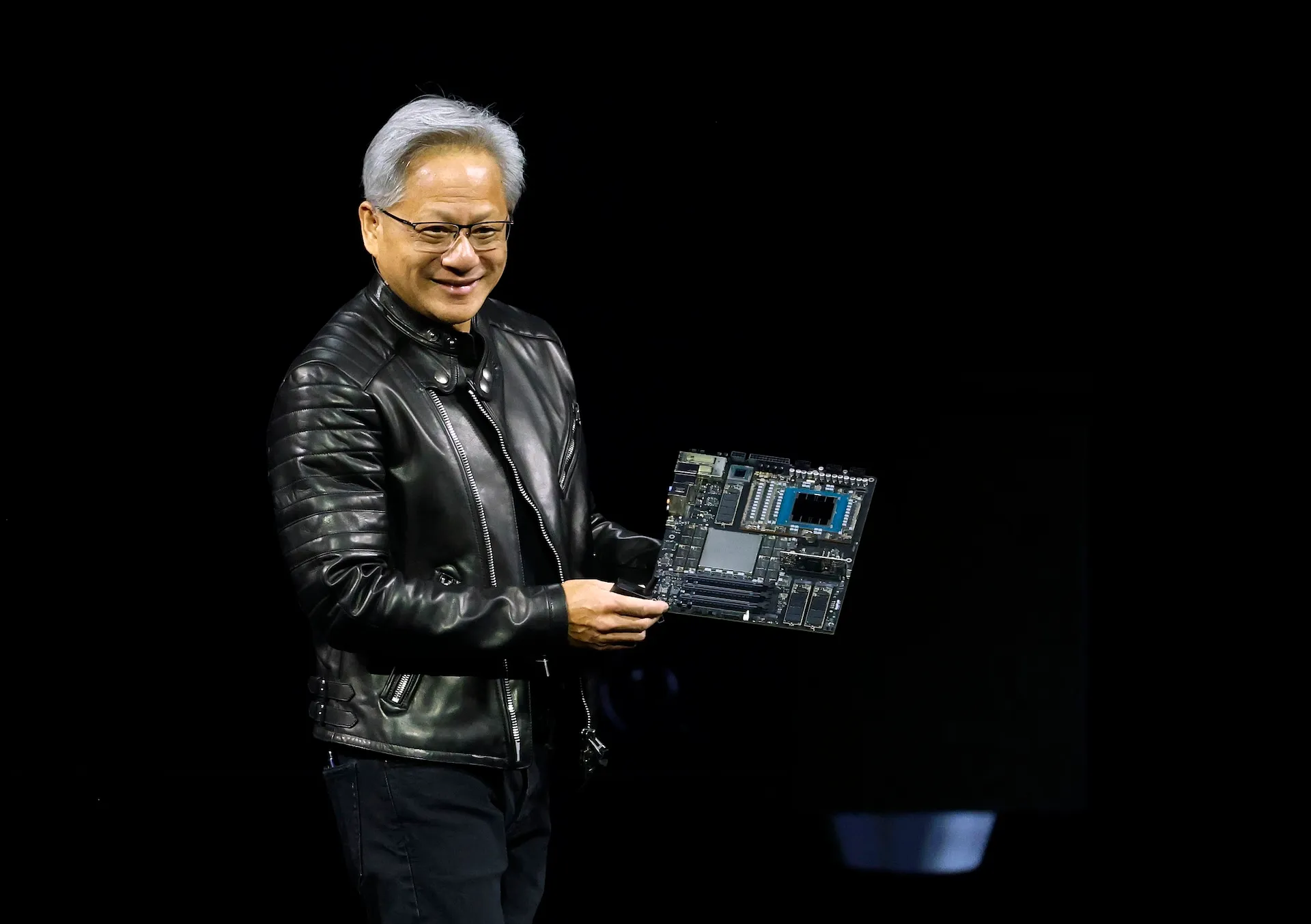The Rise of Domestic Robotics: Meta Enters the Scene
The dream of having humanoid robots seamlessly assisting with daily household chores is no longer confined to science fiction. Tech giants across the globe are racing to develop robots capable of functioning alongside humans, handling tasks from dishwashing to laundry, and even food delivery management. In a significant step toward this future, Meta has launched PARTNR, a groundbreaking research initiative that aims to revolutionize human-robot collaboration in home environments.
Unveiled recently, PARTNR (Procedural Augmented Reality for Task-focused Naturalistic Robotics) is being positioned as the most comprehensive dataset and benchmark for training robotic systems to interact naturally with home settings. The program includes 100,000 natural language tasks, spread across 60 different household environments, and involves 5,819 unique objects. These tasks mirror real-life activities such as cleaning, organizing, and assisting with daily domestic needs.
According to Meta, the goal of PARTNR is to establish new frontiers in human-robot interaction (HRI), making robots more intuitive and capable of understanding the complexity of human environments. “With PARTNR, we want to reimagine robots as future partners, and not just agents, and jumpstart research in this exciting field,” Meta explained in an official blog post.
Why Now? The Growing Competition in Humanoid Robotics
Meta’s move into domestic robotics comes at a time when competition in the humanoid robotics space is intensifying, particularly between the United States and China. The past decade has seen remarkable progress in artificial intelligence, machine learning, and robotics, leading to greater investment in humanoid robots designed for both industrial and domestic applications.
While the development of home-assisting robots has been an ongoing pursuit for years, most current offerings—such as robotic vacuums—still lack the flexibility and adaptability needed for more complex chores. Meta’s research signals a shift toward fully autonomous, intelligent domestic robots, capable of handling a variety of tasks and collaborating with humans more effectively.
The U.S. Perspective: Leading the Charge in Humanoid Robotics
Tesla’s Optimus: The Household Robot of the Future?
Among the U.S.-based companies leading the humanoid robotics race is Tesla, which has made significant progress with its Optimus humanoid robot. Standing at approximately 5 feet 8 inches (172 cm) and weighing 125 pounds (56.6 kg), Optimus has been designed to assist with mundane household chores. Elon Musk has frequently touted the potential of Optimus, suggesting that in the future, these robots could even be capable of picking up children from school or acting as personal bodyguards.
Tesla plans to begin limited production of Optimus in late 2025, with mass production expected by 2026. The robot runs on Nvidia’s AI technology, demonstrating the increasing synergy between large-scale AI advancements and robotics.
Figure AI’s Rapid Growth in Robotics
Another major player in the U.S. robotics market is Figure AI, a startup focused on developing versatile humanoid robots for both home and commercial environments. On February 3, 2025, the company’s founder, Brett Adcock, announced that they had signed a second commercial partner—one of the largest U.S. companies—accelerating their plans to deploy 100,000 robots over the next four years.
Unlike Tesla’s Optimus, which is still in its early stages, Figure AI is actively building partnerships to bring its robots into warehouses, logistics centers, and commercial sectors, potentially creating a massive shift in how businesses integrate automation.
China’s Strategic Push into Humanoid Robotics
China’s Unitree Robotics Unveils the H1
China is also making aggressive moves in the humanoid robotics space. In January 2025, the Chinese robotics company Unitree Robotics showcased its H1 humanoid robots during the Spring Festival Gala—one of the most widely watched television events in China. Sixteen of these robots performed an intricately synchronized dance routine alongside human performers, signaling the country’s rapid progress in robotic agility and AI-powered coordination.
China’s Vision for Industrial and Domestic Robots
China’s ambitions for humanoid robots extend far beyond entertainment. In 2023, the Chinese government announced a national strategy to integrate humanoid robots into its domestic industrial sector by 2027. This plan aims to increase productivity by deploying robots in factories, warehouses, and even service industries, reducing labor costs and improving efficiency.
The World’s First Human-Versus-Robot Marathon
To further highlight its advancements, China has scheduled the world’s first human-versus-robot half-marathon, set to take place in Beijing this April. This event will feature bipedal robots from 20 top tech firms competing against 12,000 human runners, serving as both a public demonstration and a stress test for China’s latest AI-driven robotic capabilities.
Can Domestic Robots Truly Replace Human Labor?
Studies Suggest Automation of Household Chores is Closer Than Ever
The integration of robots into homes isn’t just a technological aspiration—it’s increasingly supported by research. A 2023 study conducted by the University of Oxford and Japan’s Ochanomizu University found that nearly 40% of the time spent on household chores could be automated within the next decade.
According to the study, key areas likely to be automated include:
- Ironing and laundry (top automation potential)
- Dishwashing and kitchen maintenance
- Grocery shopping and household inventory management
Additionally, the study predicted that 28% of care-related work (such as assisting elderly individuals with daily tasks) could also be partially or fully managed by robotic systems.
Human-Robot Collaboration: A Necessary Evolution
Despite these advancements, full automation of household work remains a challenge. Even the most advanced robots today struggle with dexterity, unpredictability, and complex decision-making in unstructured environments. Unlike industrial robots, which work in controlled conditions, home environments are highly variable, requiring more sophisticated AI models capable of real-time adaptation.
Meta’s PARTNR aims to address this issue by providing a benchmark dataset and training platform that allows AI models to learn from human behavior and improve their adaptability in real-world settings.
Final Thoughts: A New Era of Domestic AI?
The unveiling of Meta’s PARTNR initiative represents a significant milestone in the evolution of humanoid robotics. By focusing on human-robot collaboration and leveraging real-world simulation environments, Meta is attempting to bridge the gap between theoretical AI research and practical household applications.
With Tesla, Figure AI, and China’s robotics industry accelerating innovation, the race for humanoid robots is more competitive than ever. As technology advances and the cost of production decreases, it’s becoming increasingly likely that intelligent robots will become a normal part of everyday life, assisting with household chores, caregiving, and even personal security.
However, challenges remain—particularly in affordability, reliability, and public acceptance. The road to mainstream adoption is still long, but initiatives like PARTNR suggest that the vision of truly helpful domestic robots is closer than ever before.









